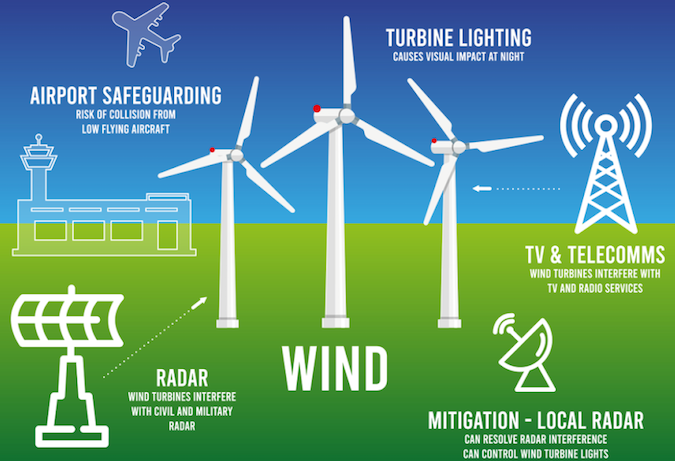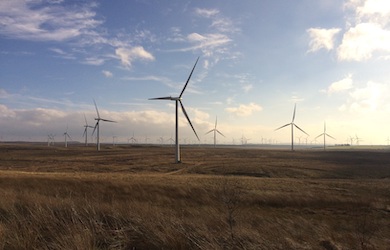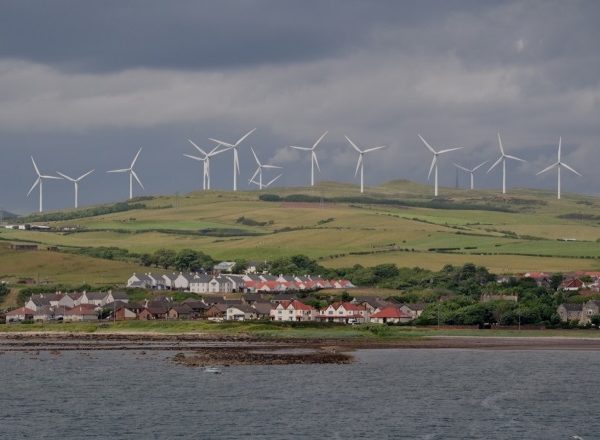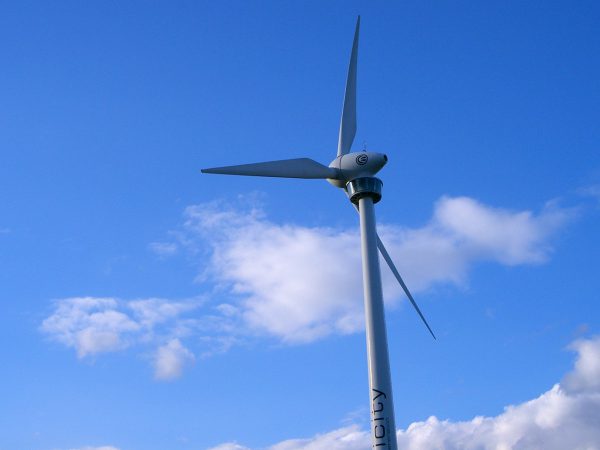Background
Wind farm developments can be delayed or blocked due to radar, telecommunications and other aviation issues. Resolving these issues can be time consuming and expensive. These risks are best managed by identifying potential issues early in the development process. This checklist helps identify the key issues.
Scope
This checklist applies to onshore and offshore wind farms. The list is not exhaustive but issues that are regularly problematic are identified.
Figure 1: Infographic indicating Pager Power services for Wind Developments.
Checklist
-
- Will the development adversely affect military radar? – Wind farms affect radar because their blade tips project above the horizon and move at high speed. Military radar can have ranges in excess of 500 kilometres which means that any wind development has the potential to affect military radar. Radar types include air defence radar, approach and terminal radar as well as precision approach radar (PAR). Military agencies operate Primary Surveillance Radar (PSR) and Secondary Surveillance Radar (SSR). https://www.pagerpower.com/wind/wind-radar-impact-assessment/
- Will the development adversely affect civil radar? – Civil radar are used to provide en-route and airport approach air traffic control services for commercial aircraft. These radar normally have ranges of over 100 kilometres and sometimes have ranges of over 400 kilometres. Civil air traffic control services use both PSR and SSR. https://www.pagerpower.com/wind-services/#nats-assessment</
- Will the development adversely affect aeronautical radio navigation aids (NAVAIDs)? – Aircraft use signals from ground-based radio transmitters to determine their location and guide them towards airports. NAVAIDs include Instrument Landing Systems (ILS), Doppler VHF Omni-Range (DVOR) and Distance Measuring Equipment (DME). Wind turbines can block and reflect radio signals and potentially interfere with the operation of NAVAIDs. https://www.pagerpower.com/projects/eole-plaines-des-roche-wind-farm-mauritius/
- Will the development adversely affect marine radar? Fixed marine radar are located in ports and along navigable estuaries whilst ships have their own radar. Wind turbines are detected by marine radar – however they should be as they are an obstacle to navigation. Their large size and distribution can potentially have adverse impacts. https://www.pagerpower.com/wind/wind-radar-impact-assessment/
- Will the development adversely affect meteorological radar? Meteorological radar measure precipitation levels to a range of 255 kilometres. Wind turbine blades can cause returns that appear similar to rain. In some countries wind developments can be severely constrained by objections from radar operators. https://www.pagerpower.com/news/met-office-safeguarding-wind-developments-changes-2016/
- Will the development adversely affect television and radio reception? It is unusual for wind developments to be prevented due television and radio interference. Nevertheless turbines can sometimes cause significant interference. Pager Power is able to model predicted interference effects as well as being able to measure impacts with a survey vehicle and digital television analyzer. https://www.pagerpower.com/wind/wind-tv-radio-baseline-survey/
- Will the development adversely affect microwave links? Microwave links transmit digital data from point to point for mobile phone and other communications networks. These links rely on an unobstructed path between the two ends. Turbines on, or near, the link path can reduce microwave link reliability. https://www.pagerpower.com/wind/wind-microwave-link-assessment/
- Will the development adversely affect UHF telemetry links? These links transmit data from base-stations to out-stations to enable the control of electricity, water and gas networks. Turbines on, or near, the link path can reduce link reliability. https://www.pagerpower.com/news/fresnel-zone/
- Will the development adversely affect emergency services radio? Sometimes police services object to wind developments planned near radio base stations used for emergency services radio communications. There is the potential for interference in some circumstances. https://www.pagerpower.com/wind-services/#stakeholder-consultation</
- Will the development adversely affect wireless broadband? Wireless systems are often used to provide broadband access in remote or rural areas. These systems often use a range of legal but unlicensed radio links. In certain circumstances wind developments can affect such systems – although most issues can be mitigated in practice.
- Will the development adversely affect radio telescopes? Radio telescopes consist of multiple ground receivers that receive very weak radio signals from space. They are usually connected to very powerful computer systems that analyze the collected data. Wind turbines can emit, reflect and block radio signals which can potentially adversely affect radio telescopes. Particular telescopes include Jodrell Bank and Cambridge University in England as well as the LOFAR installation in the Netherlands and the Square Kilometre Array (SKA) in South Africa and Australia. https://www.pagerpower.com/news/radio-telescope-wind-turbine-impact/
- Will the development affect commercial aircraft? Commercial aircraft fly low when departing from and arriving at airports. Airports are physically safeguarded to ensure that sufficient physical clearance is maintained between potential obstructions and aircraft. This separation is achieved using Obstacle Limitation Surfaces (OLS) around airports as well as additional safeguarding criteria for Instrument Flight Procedures (IFPs). https://www.pagerpower.com/wind/wind-physical-safeguarding/
- Will the development affect military aircraft? Wind turbines can affect military aircraft flying to and from aerodromes in the same way that commercial aircraft can be affected. Additionally military aircraft can fly at high speeds at low altitude when training. Wind farm designs can sometimes be modified to accommodate military low flying requirements. https://www.pagerpower.com/news/mod-objections-low-flying/
- Will the development affect recreational aircraft? Recreational aircraft include gliders, paragliders, hangliders, microlights and general aviation light aircraft. These aircraft are lighter than commercial and military aircraft and tend to fly at lower altitudes from smaller sites. As well as the potential collision risk there can be concerns about wind turbine induced turbulence which occurs downwind of the turbines. https://www.pagerpower.com/news/turbulence-caused-by-wind-turbines/
- Will the turbines need to be fitted with aeronautical lights? There are many types of lights. Military and civil requirements differ. There are also differences between onshore and offshore requirements. Night-time lighting can potentially cause an unacceptable visual impact. These impacts can sometimes be mitigated using lighting control radar are automated systems for controlling lighting intensity. https://www.pagerpower.com/wind/wind-aviation-lighting/
- Will special arrangements need to be made for cranes? Cranes used to build wind farms are often taller than the turbines themselves and can have a temporary impact on aviation. Many of the issues that can impact turbines can also impact cranes. https://www.pagerpower.com/news/cranes-and-aviation-risk/
- Will technical mitigation be required? Wind turbine impacts can often be significant and require one or more mitigation solutions. These solutions can add costs and time delay to wind farm projects. Have the mitigation costs and timescale risks been established? https://www.pagerpower.com/news/common-radar-mitigation-solutions/
- Will the development adversely affect military radar? – Wind farms affect radar because their blade tips project above the horizon and move at high speed. Military radar can have ranges in excess of 500 kilometres which means that any wind development has the potential to affect military radar. Radar types include air defence radar, approach and terminal radar as well as precision approach radar (PAR). Military agencies operate Primary Surveillance Radar (PSR) and Secondary Surveillance Radar (SSR). https://www.pagerpower.com/wind/wind-radar-impact-assessment/
How Can Pager Power Help?
Pager Power helps developers assess and resolve most of these issues. In some cases we may engage or recommend other specialists. To find out more please take a look at our video or get in touch on +44 1787 319001.




